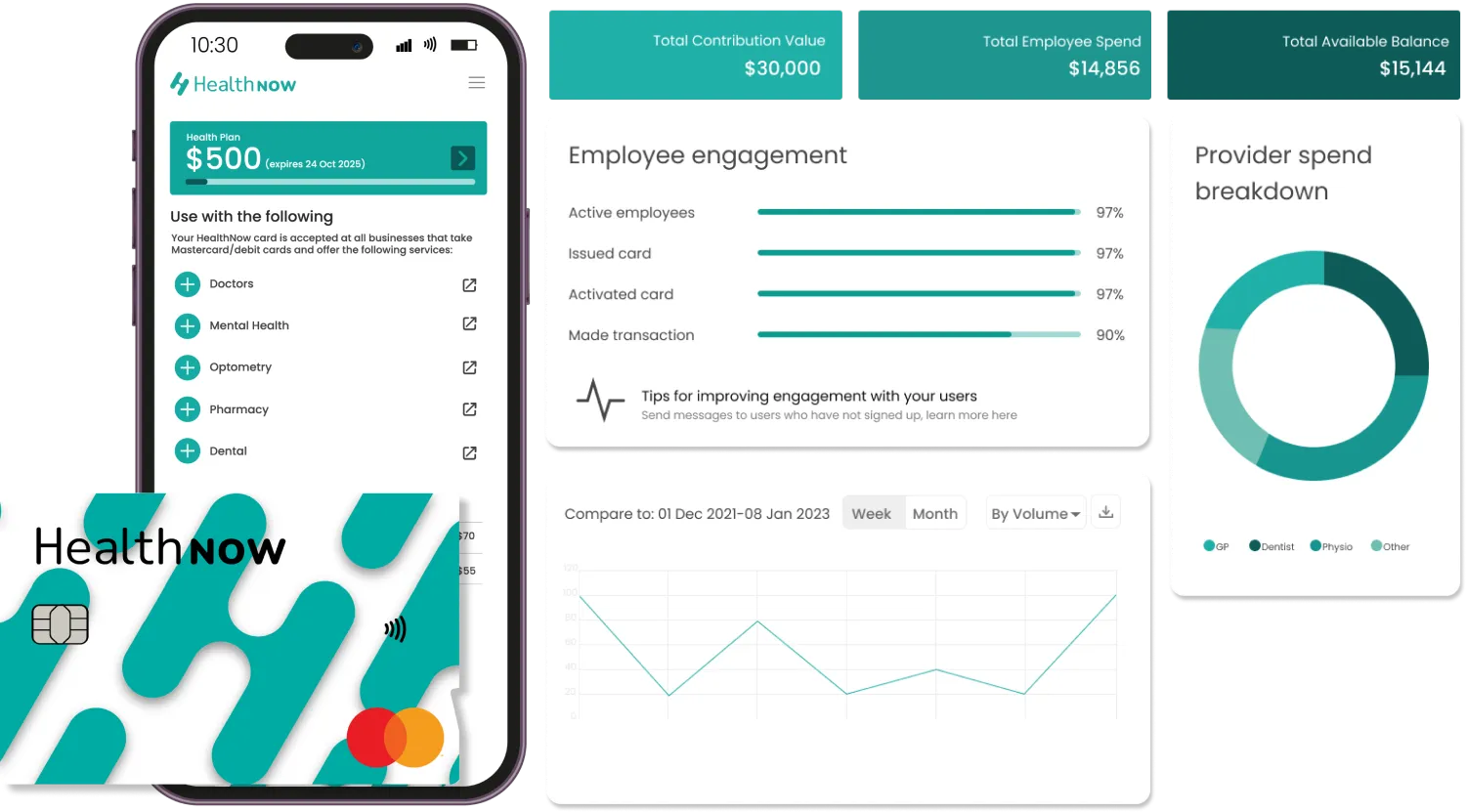 Best known as the brown-red-irregular spots on your skin that can raise alarm bells and put your health at risk, melanoma is a type of skin cancer that can lead to fatal outcomes if it’s not detected and treated early. New Zealanders are particularly at risk, with approximately 4000 new cases diagnosed every year, and melanoma now being the most common cancer diagnosed in kiwi men aged between 25-44 years. This high prevalence rate is attributed to our high UV index, a predominantly fair-skinned population, and a cultural affinity for outdoor activities.
Best known as the brown-red-irregular spots on your skin that can raise alarm bells and put your health at risk, melanoma is a type of skin cancer that can lead to fatal outcomes if it’s not detected and treated early. New Zealanders are particularly at risk, with approximately 4000 new cases diagnosed every year, and melanoma now being the most common cancer diagnosed in kiwi men aged between 25-44 years. This high prevalence rate is attributed to our high UV index, a predominantly fair-skinned population, and a cultural affinity for outdoor activities.
While it’s important to see your dermatologist and skin check centre annually to map any new spots and lesions so that early identification can take place, recommendations state to also regularly check your body at home at least once every month, including using a hand-held mirror to assess hard-to-reach places. While this is very important guidance, there’s often one key area that isn’t discussed, yet it is just as important as anywhere else to check: our nails.
Subungual Melanoma: The Basics
Subungual melanoma is the name for a melanoma that develops beneath the toenails. Getting into the specifics of what a melanoma is in the first place, this type of cancer affects the cells that produce the pigment (colour) of our skin called melanocytes. When these normal cells divide uncontrollably, this is a melanoma and it can worsen quickly. This means it can start as a small spot and grow to be serious in as little as six weeks.
While subungual melanoma only accounts for up to 3.5% of all malignant melanomas in the fair-skinned population, it can account for up to 75% in dark-skinned and Asian populations, according to DermNet NZ. A subungual melanoma usually starts as a dark-coloured streak or spot under the nail and may appear as a new pigmented band, or an existing one may start to enlarge. As the melanoma grows, in some people, it can cause the nail to lift and become deformed, and it may also cause pain or bleeding. In others, the nail may maintain a relatively regular appearance apart from the dark spot or streak.
Famous Case: Bob Marley
Knowledge around the risks of subungual melanomas increased notably in the 1980’s when the legendary Jamaican musician, Bob Marley, passed away from his battle with cancer that started with a subungual melanoma that was diagnosed in 1977. Despite undergoing extensive treatment, including surgery and chemotherapy, the cancer spread from a spot beneath the toenail to several other areas of his body, and Bob Marley passed away in May 1981 at the young age of 36. This is a clear example of where early detection, and early treatment, can be lifesaving.
What Are The Signs Of A Melanoma?
Generally speaking, anywhere in the body, the signs of a melanoma are best described with the acronym ABCDEFG to help remember what to be on the lookout for:
 Asymmetry: one half of the mole or spot does not match the other half in terms of shape or size. Specifically, melanomas are more likely to be asymmetrical or have an irregular shape, compared with a standard mole or freckle which is relatively symmetrical.
Asymmetry: one half of the mole or spot does not match the other half in terms of shape or size. Specifically, melanomas are more likely to be asymmetrical or have an irregular shape, compared with a standard mole or freckle which is relatively symmetrical.- Border irregularity: the edges of the mole or spot are not smooth, but instead have irregular or jagged edges or a poorly defined border.
- Colour variation: melanoma-related moles or spots tend to have multiple colours within the lesion, or have uneven pigmentation. The discolouration may be black, brown, tan, or even red, white, or blue. Normal moles and freckles are usually just brown.
- Diameter: moles or spots are typically larger than 6mm (about the size of a pencil eraser), although some melanomas may be smaller.
- Evolving: the mole or spot is changing in size, shape, colour, or elevation, whereas harmless moles usually stay the same size, shape and colour for many years.
- Firmness: the mole or spot feels firm or raised
- Growing: you notice the mole growing larger over time
It’s important to note that not all melanomas will follow this ABCDEFG pattern. Some melanomas may not have all of these characteristics, and some may have none at all. When we look at melanomas beneath the toenail specifically, we may notice:
- A dark-coloured streak or spot that starts at the base of the nail and extends to the tip. The colour may be brown, black, or sometimes blue or grey.
- Pigmentation that is not uniform. There may be different shades of colour within the streak or spot.
- A streak or spot that widens or becomes more irregular over time.
- A streak or spot that appears suddenly and does not go away.
- The nail may become brittle, thickened, or ridged.
- The nail may lift up or separate from the nail bed.
- The area around the nail may become inflamed or swollen.
One of the key indications of subungual melanoma is “Hutchinson’s sign.” This is when a person has nail pigment that extends onto the skin surrounding the nail.
Get Your Skin Checks Covered By Your Employer Aid Payments
While many kiwis know and understand the importance of having an annual spot check with a dedicated clinic or dermatologist, this is not an insignificant expense, especially when you’re part of a household dealing with the rising cost of living.
This is where selecting an employer that offers employer aid payments to your dedicated health wallet with HealthNow can make a world of difference. Employer aid payments are those provided by your employer, either as a substitute for health insurance copayments or as additional company perks. You receive the funds digitally into the HealthNow app, where your personal health wallet is stored. From here, you can use your funds for any health-related service or product affiliated with HealthNow, including our wide range of dermatology and mole check partners. Simply use your health wallet and app like a debit card to instantly pay for your appointment – with no costs or fees to you.
Better still, unlike private health insurance which has strict conditions, stand-down periods and limited service eligibility, you have full control over what and who you use your funds for – meaning you can use it to pay for skin health checks for your family members too.
If your employer is not already registered with HealthNow, simply direct them to this page. You can also start your own account to take advantage of HealthNow’s other benefits and features, including a free $10 credit to your account on sign-up.






